What is the origin of pride month?
LGBTQ+ Pride month is more than just the fun festivals, parades, rainbow décor and pride outfits. The origin of Pride month goes back to June of 1969 when police raided a New York City bar, the Stonewall Inn, which had become an important place for NYC’s gay community to gather. Although raids were fairly common in NYC, this was the first time the community fought back. These riots have become known as the Stonewall Riots.
The Stonewall Riots sparked the early stages of the LGBTQ+ movement. The first gay pride march took place in New York City a year following the riots. It was an eye-opening experience that celebrated LGBTQ+ communities in multiple cities worldwide.
Since June 28, 1969, there have been incredible strides in the LGBTQ+ community to fight for equal rights, not only within the United States but also globally! While it’s important to continue moving forward, it’s just as important to reflect on how far we’ve come in the past 90+ years!
Is world pride celebrated in June?
Pride is an important celebration held every year. While not everyone celebrates at the same time, the majority of celebrations take place in June. Since then, June has become globally recognized as ‘Pride Month’ in acknowledgment and support of the stories and struggles of the LGBT+ community around the world. We honor and commemorate the 50th anniversary of the inaugural pride parade this year. We encourage everyone to be who they are and we are happy to offer a platform to celebrate and embrace everyone’s uniqueness.
10 Historic Milestones for the LGBTQ+ Community
- 1924: The first gay rights group was founded, the Society for Human Rights in Chicago
- 1958: For the first time, the Supreme Court ruled in favor of gay rights in regards to distributing a pro-gay publication, ONE: The Homosexual Magazine
- June 28, 1969: The Stonewall Riots happened, which started the LGBTQ+ movement for equal rights
- June 28, 1970: The first gay pride parade took place to acknowledge the anniversary of the Stonewall Riots
- 1973: Homosexuality is removed from the official list of mental illnesses
- 2009: The Matthew Shepard & James Byrd Jr Hate Crimes Prevention Act was passed; it categorized crimes involving gender, sexual orientation, gender identity or disability as hate crimes
- 2011: The anti-gay, discriminatory “Don’t Ask, Don’t Tell” law was revoked, allowing openly gay Americans to serve in the U.S. Armed Forces
- 2013: SCOTUS ruled the Defense of Marriage Act (DOMA) to be unconstitutional, allowing same-sex couples to marry in certain states and receive federal benefits
- June 26, 2015: Love wins! SCOTUS declared same-sex marriage a Constitutional right nationwide. Americans were able to get married, regardless of gender or sexual orientation
- 2018: A historic number of 150+ LGBTQ+ candidates were elected in the 2018 midterms, giving queer and transgender politicians greater opportunities to lead

Why is the gay pride symbol a rainbow?
The colors of Pride have adapted in light of embracing diversity and inclusivity. The rainbow flag would be globally recognized to have eight colors, and other color variations have been interpreted, however, the sentiment of the sequence never changed. The rainbow symbolizes something beautiful and exudes diversity and solidarity. As a rainbow flag is universal it represents a global symbol to promote unity to all races, genders, and ages. Each color represents a different meaning and can be identified in many different ways. You can show your support with a variety of gay pride products from Zazzle.
How is pride month celebrated?
To honor the Stonewall Riots, pride events and marches take place every June in cities all over the world. Here are ten ways you can celebrate Pride Month, whether you’re a part of the community or an ally:
- Advocate for LGBTQ+ rights
- Represent rainbow symbols and colors
- Learn about the LGBTQ+ history and current issues
- Make a donation to LGBTQ+ nonprofits
- Use correct terminology and inclusive language
- Shop at queer-owned or LGBTQ+ friendly businesses
- Attend a pride parade or event
- Volunteer at your local LGBTQ+ organization
- Support LGBTQ+ music, movies and literature
- Show unconditional love and acceptance
Although the fight for gay rights has made incredible progress over the last several decades, there is a lot of work that needs to be done legally and socially for the LGBTQ+ community. Participate in Pride Month by educating yourself, supporting the community and spreading love to those around you.
Nicole is our Content Strategist. She enjoys long walks to Taco Bell, rollerblading into the sunset, and eating Reese’s Cups for breakfast, lunch, and dinner. Find her writing about iPhone cases, holiday card messaging and even music festival tips!
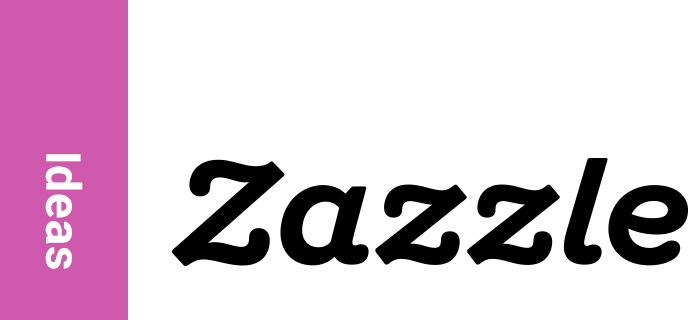
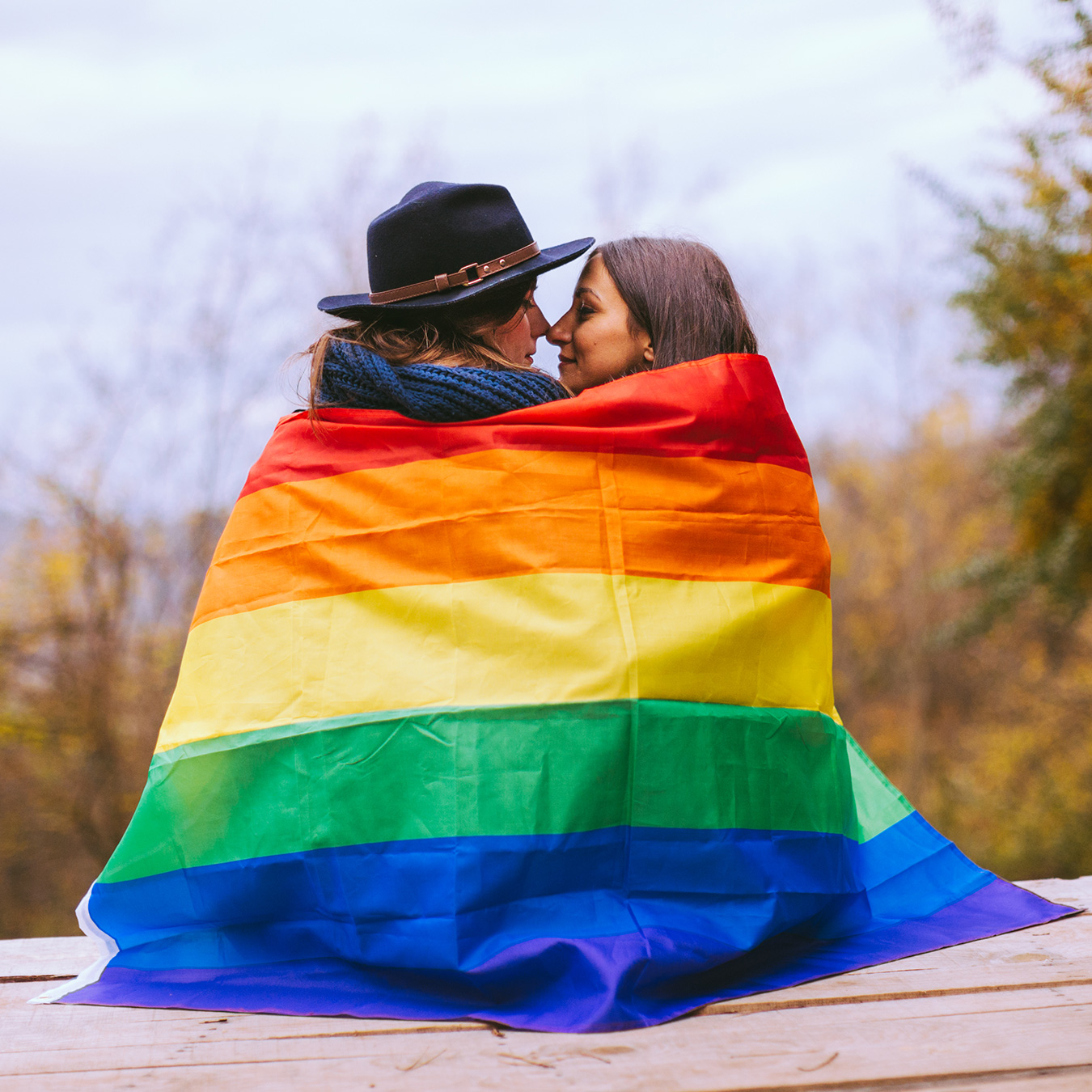
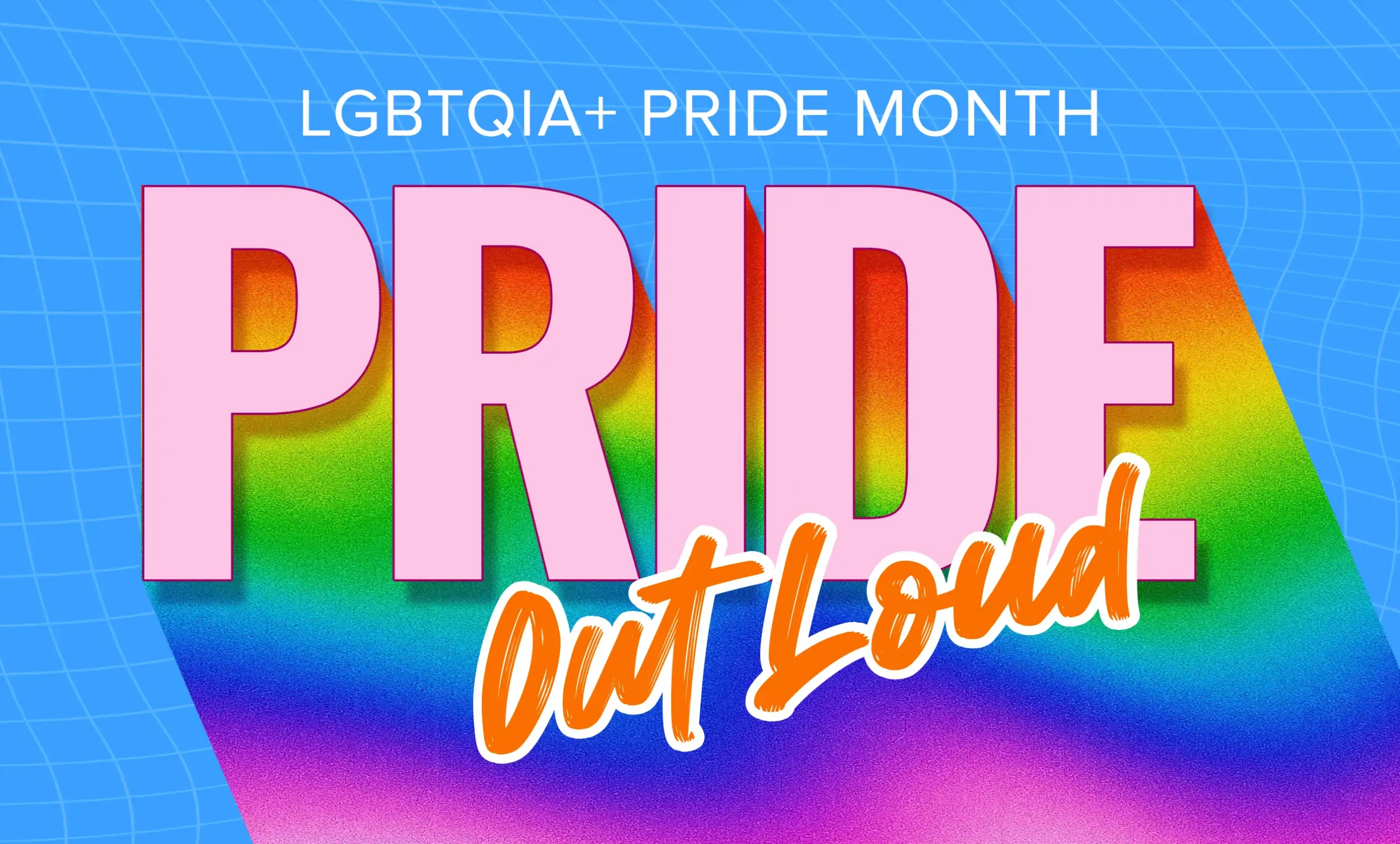
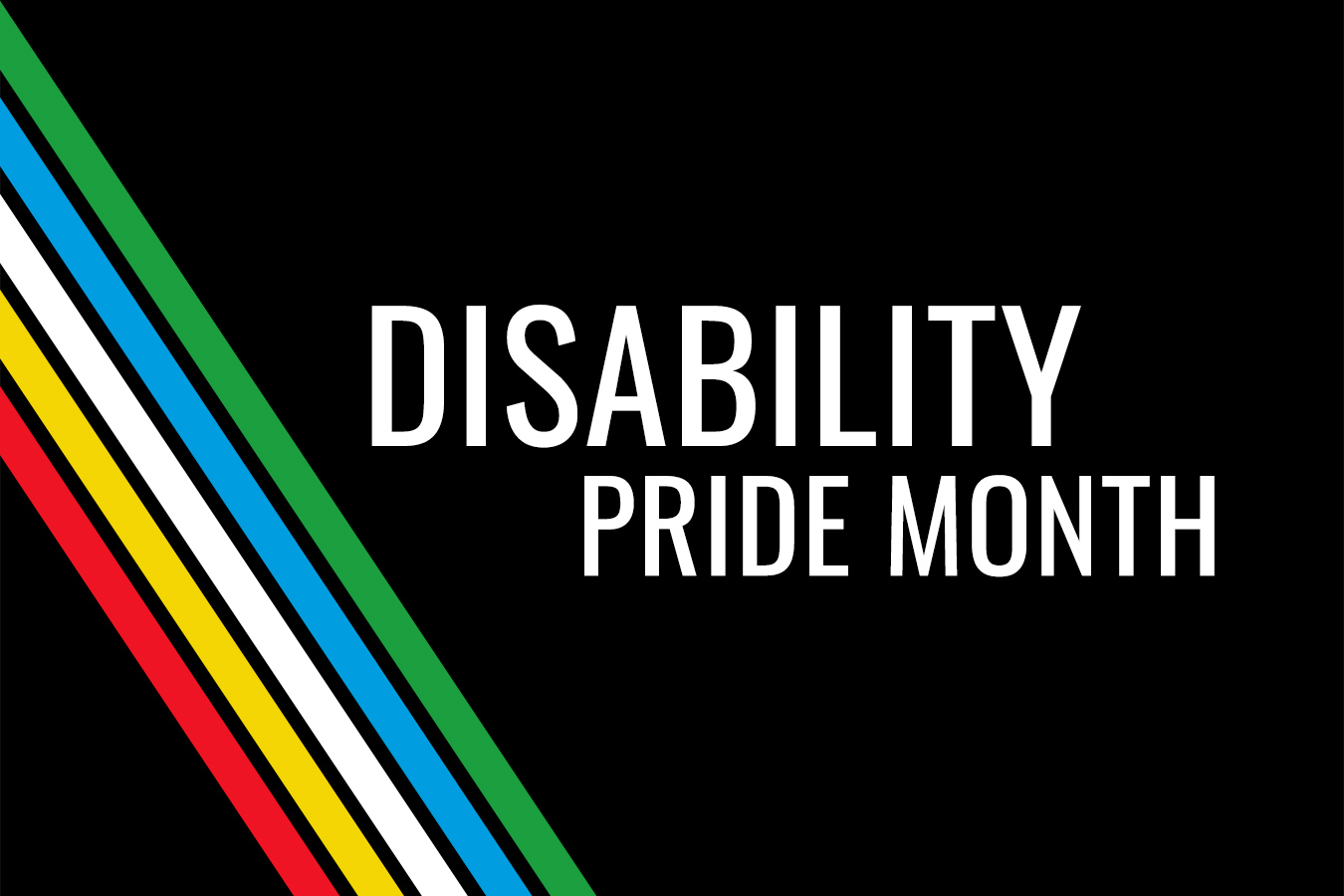
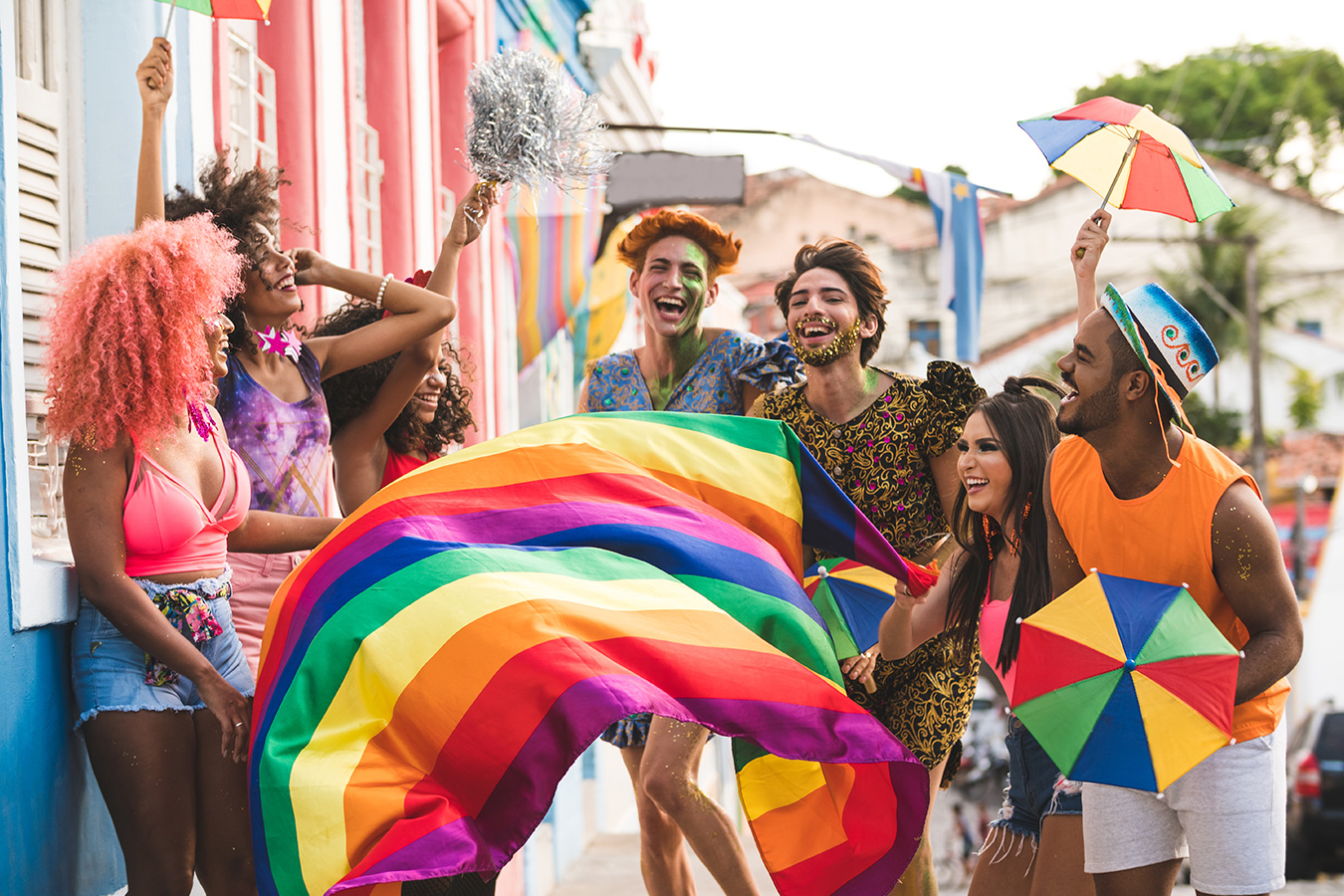
Thank you for sharing such important history with me and the rest of the world. It makes a difference as a member of the LGBT community to see me represented. As a regular shopper on Zazzle I appreciate the effort of Education and inclusion.
Thanks for sharing, Jude!